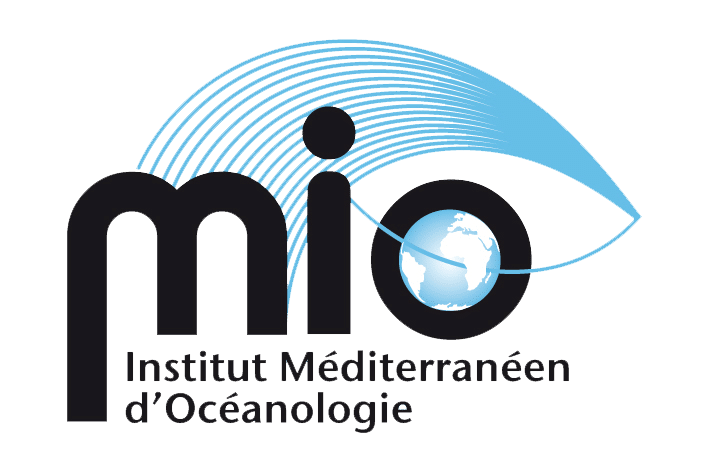Article taken from the CNRS/INSU website published on 15 July 2019
Organic additives for plastics, such as organophosphate esters and bisphenols, and other emerging organic contaminants, such as perfluorinated compounds, are increasingly being detected in the environment and are causing concern because of their presumed toxicity. During the 'Sargasses II' transatlantic expedition, a team of researchers from the Institut méditerranéen d'océanographie (MIO/PYTHÉAS, CNRS / Université de Toulon / IRD / AMU) and the Laboratoire d'études en géophysique et océanographie spatiales (LEGOS/OMP, UPS / CNRS / CNES / IRD) took and analysed seawater samples between Cape Verde and Martinique. The results indicate that the Amazon River is a major source of organic contaminants in the tropical North Atlantic.
Environmental pollution by plastics is the subject of considerable scientific and media attention, and has been identified as one of the major global challenges of this century. Additives, such as organophosphate esters (OPEs) and bisphenols (BPs), which are added to plastics during manufacture to make them softer, more flexible or heat-resistant, can be released from the polymer matrix and interact with the hormonal system of organisms, acting, among other things, as an endocrine disruptor. Along with other organic contaminants, such as perfluorinated compounds (PFCs) used in technical clothing for their water- and oil-repellent properties, they pose a threat, particularly to aquatic environments that receive large inputs of contaminants, notably from effluent from wastewater treatment plants or directly from industries. Coastal environments are therefore suspected of being particularly affected, but data from the open ocean - which would enable comparisons to be made - is very rare.
In order to study the presence of 9 OPEs, 6 BPs and 5 PFCs in the tropical waters of the North Atlantic, samples were taken, processed by solid phase extraction (SPE) in a clean room and analysed by gas chromatography-mass spectrometry (GC-MS). The results were surprising, indicating that the highest concentrations (over 1.3 µg L-1 of total contaminants) were detected offshore, around 1200 km from the mouth of the Amazon River, and not near the African or Caribbean coasts as expected. The currentology of the study area and the spatial distribution of salinity and chlorophyll (measured using the attenuation coefficient at a wavelength of 490 nm) confirmed that the Amazon was most likely the source of the contaminant concentrations observed offshore.
These results were confirmed with the Ichthyop transport model, by calculating backwards in time the last 180 days of trajectories of water masses sampled by virtual particles at the times and geographical coordinates of the different sampling sites. The study indicates that most of the water masses sampled came from the Amazon plume and were then transported north/north-eastwards by the North Brazil Current and its retroflection.
This work therefore not only provides crucial data on the presence of OPEs, BPs and PFCs in the ocean environment of the tropical North Atlantic, but also reinforces previous research findings that these contaminants can be transported over long distances by water masses, highlighting their potential to harm the environment.
Source
The Amazon River: A Major Source of Organic Plastic Additives to the Tropical North Atlantic, Natascha Schmidt, Vincent Fauvelle, Anouck Ody, Javier Castro-Jiménez, Julien Jouanno, Thomas Changeux, Thierry Thibaut and Richard Sempéré, Environmental Science and Technology 53, 7513-7521, DOI: 10.1021/acs.est.9b01585




